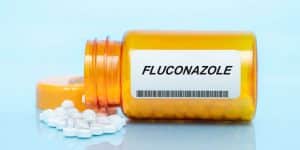7 Somatic Exercises for Anxiety and Stress Relief
Anxiety has a way of creeping in quietly and taking up space. It tightens your shoulders, clenches your jaw, and...


JCAHO Accredited
Mental health is “a state of well-being in which the individual realizes his or her own abilities, can cope with the normal stresses of life, can work productively and fruitfully, and is able to make a contribution to his or her community.”





